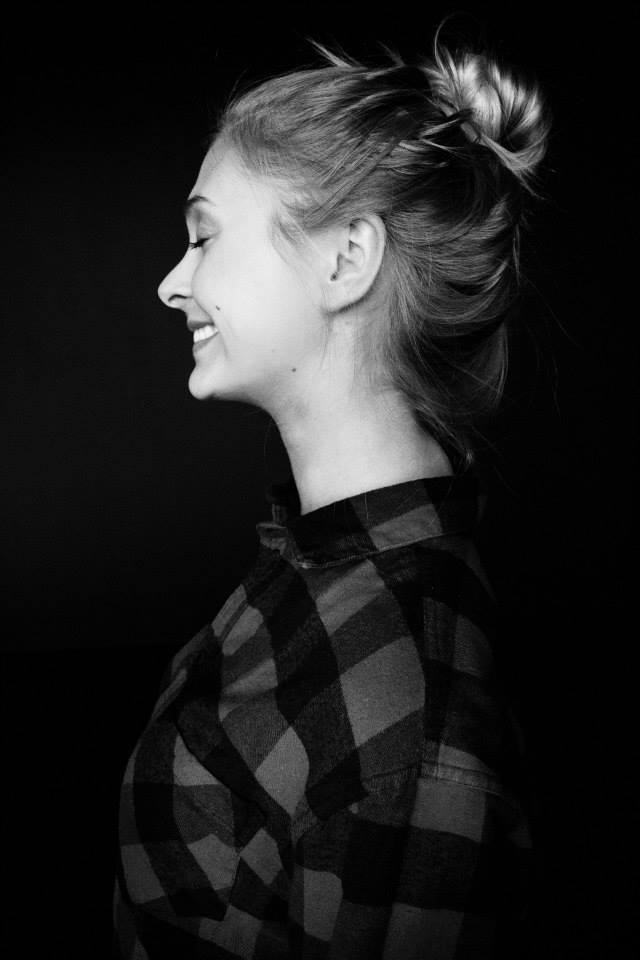Colours of your surroundings (LHI-AS-08-EN)
Discovering what colours you can get from your surroundings by making a natural ink from plants and vegetation in your environment.
LessDiscovering what colours you can get from your surroundings by making a natural ink from plants and vegetation in your environment.
Discovering what colours you can get from your surroundings by making a natural ink from plants and vegetation in your environment.
- Focus on
- Open-mindedness
- Days
- 1
- Type
- Self-study
- With guidance
- Group size
- Individuals
- Duration
- More than 60 min
- Settings
- Online
- Training field(s)
- Creativity Development
- Entrepreneurial Skills
- Competence / skill
- Ability to capture, grow and bring an idea to life
- Learning from experience / take up and integrate new knowledge

Title
Colours of your surroundings
Method
Single work
Materials
Containers to collect (bags, boxes, etc.), scissors, pots, stove, water, vinegar, jars, paper, pencils
Preparation
To have the materials ready
Time for preparation
10-20 minutes
Tips for implementation
You must be somewhere close to nature or where some amount of vegetation grows. You also must have a workspace where you can make the dye bath, for example a kitchen or a stove.
Resources/References
Ν/Α
Learning outcomes
Through this method/action, these benefits are achieved:
- Learning to respect the nature around you
- Get curious about the plants that you see in your everyday life
- Discover the colours that different plants give
- Learn that you can make natural ink from your nearest environment
Description in clear steps
In this exercise you will be discovering what colours you can get from your surroundings by making a natural ink from plants and vegetation in your environment. In order to make natural dye from your surrounding plants you first need to be respectful of the environment. Some plants take years to grow so it is very important to have in mind only to take a small amount of every plant.
Furthermore, have in mind that leaves and roots usually give more colour than the flowers, but of course you can do experiments with flowers.
Step 1) Bring containers to collect plants (in bags, boxes...) and scissors.
Step 2) Go out and look for plants that you find interesting and want to try making ink of.
Step 3) Collect a little amount of each plant and put it in your container. Two handfuls should be enough for making a small dye bath. The more you have the stronger the colour can be.
Step 4) Once you’ve collected all the plants you want, go to a well-equipped space where you can make the dye bath.
Step 5) Prepare the dye bath by putting the plants into the bottom of the pot, cut them down if necessary.
Step 6) Add a small amount of water to the pot, only to cover the plants. Add more water later if necessary.
Step 7) Bring the pot to boil.
Step 8) Let it simmer for about 40 minutes, stir regularly, add more water if needed during the process.
Step 9) Add one tablespoon of clear vinegar to the dye bath to fix it.
Step 10) Let the dye bath cool for a while and then pour it through a strainer into the container that you want to keep the ink in. I use glass jars with lids.
Step 11) Label the jar with the date and name of the plant.
Step 12) Throw the remaining plants that are in the pot to an organic waste bin.
Step 13) Repeat with the next plant.
Step 12) Now your natural inks are ready for use. Use a pencil to paint on a piece of paper or fabric.
This exercise was designed by the artist Helga Björk Ottósdóttir and she is open to dialog. For those interested please contact the artist.
Contributor
Helga Björk Ottósdóttir
Website
www.helgabjork.is
Links
https://www.instagram.com/helgabjorkottos/
Self-description of contributor and his/her offers
Helga Björk Ottósdóttir graduated from Glasgow School of Art in 2017 as a Textile Designer with focus on printed textiles. Before studying in Glasgow, she studied visual arts and textile design at The Reykjavík School of Visual Arts. Helga lives and works in Reykjavík, Iceland.
This exercise was designed by the artist Helga Björk Ottósdóttir and she is open to dialog. For those interested please contact the artist.
Art category
Visual Arts
Spoken language
English, icelandic
Artist's picture

Calendar
Announcements
- - There are no announcements -
